RipX DeepRemix and DeepCreate can help you learn to play any song through the power of AI
RipX’s revolutionary tech enables guitarists to isolate instrumental parts from any recording, learn the notes, chords and fingerings, remix the stems and even record their own over the top
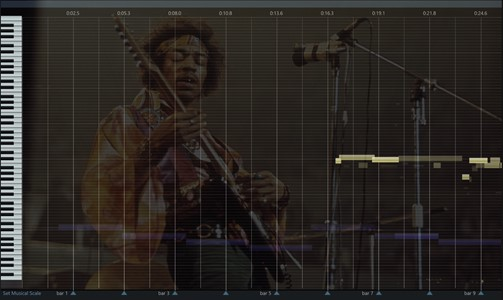
When you’re learning to play an instrument, perhaps the most fun you can have is learning to play the songs that you love: there’s nothing quite like nailing the melodies, chords, or drum grooves that inspired you to pick up a guitar, or sit down at the piano, in the first place.
The lucky few of us that are blessed with perfect pitch and a good ear might be able to do this by listening alone, but many aren’t so fortunate. In that case, we might seek out tabs or sheet music for a song, which - though a perfectly valid and useful way to learn - might also present some difficulties to those who lack a background in music theory or haven’t yet sharpened their sight-reading skills. It’s also not easy to find tabs or sheet music for every song out there.
This is where RipX’s DeepRemix comes in. This AI-powered platform isn’t only aimed at music education, and it actually has a ton of advanced audio editing capabilities under the hood. However, it can also be used to make learning any song quicker and easier, by analysing the audio file to isolate the instrumental parts you’re trying to learn, showing you their notes on an intuitive piano roll, the chords, fingerings, and even creating a customized backing track for you to play along to. Let’s take a look at what DeepRemix can do.
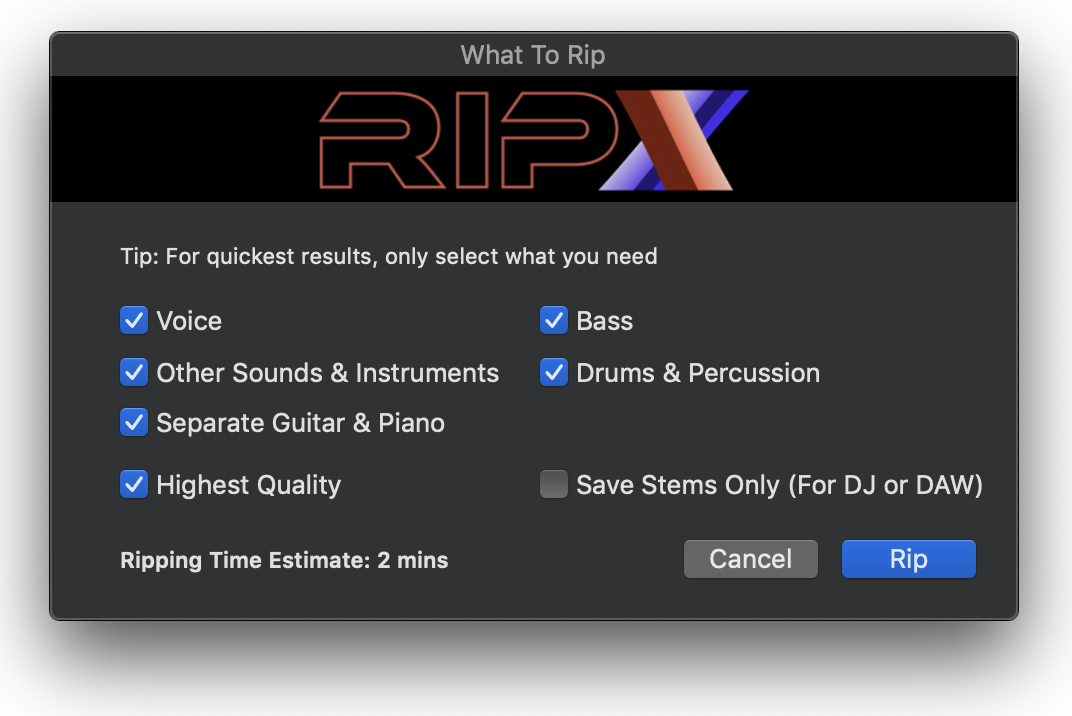
Let’s say I want to learn the main riff from The Beatles’ Day Tripper, but I don’t have the sheet music or tabs. What I want to do is see the notes, chords and fingerings laid out in front of me on the computer screen, so I can learn at my own pace.
Firstly, I’m going to open up RipX and drag in the WAV file of the song so that it can be analysed by the software. It’ll ask you to tick boxes that determine which instruments you’d like analyzed: let’s start by ticking every box, so we have the full song in RipX. Leave ‘Save Stems Only’ unchecked. The analysis process will take some time, so go and grab a cup of tea.
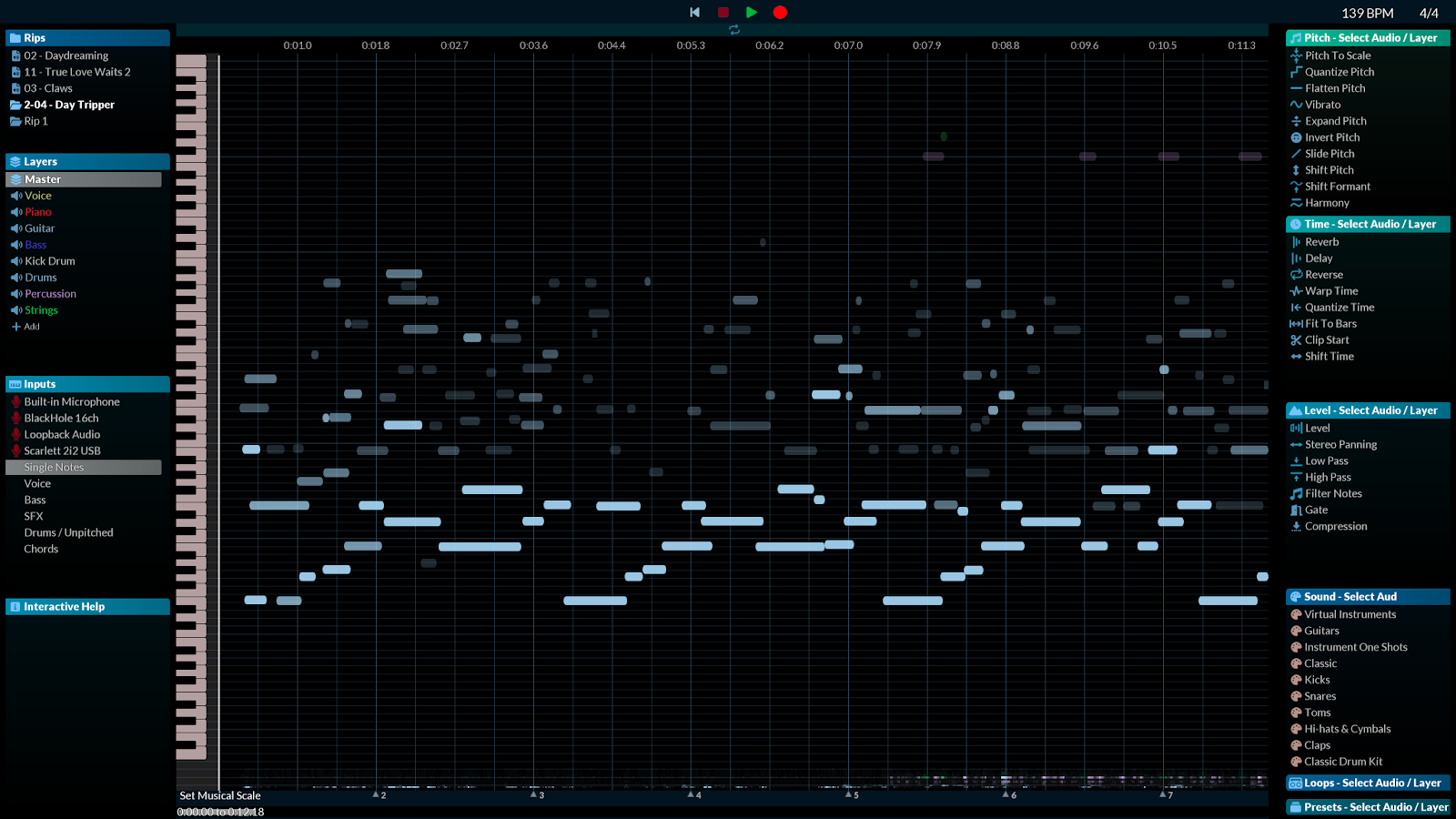
Once it’s finished, this is what you’ll be presented with. The song is laid out in front of you, with each individual squiggle representing a note on the piano roll. When you hit play, you’ll see the timeline move and notes will expand to signify they’ve been played, while the piano roll on the right-hand side will indicate which notes have sounded. Notes can be dragged up and down the piano roll to change their pitch or left and right to change their position on the timeline.
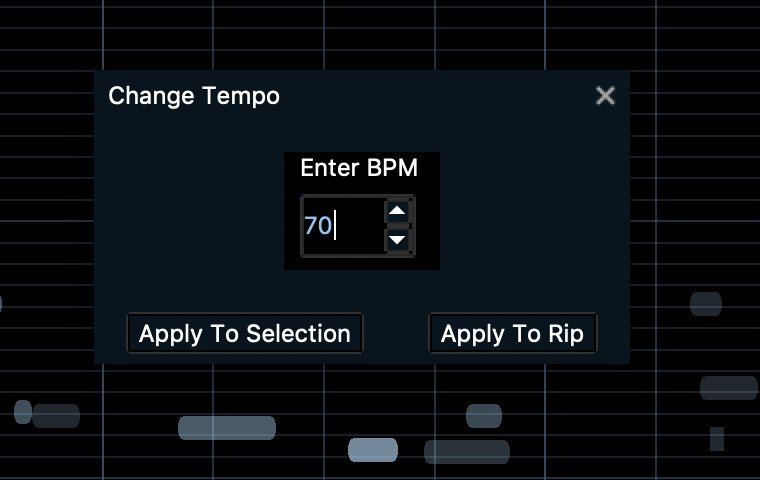
If you hit the tempo up in the top right-hand corner of the screen, you’ll be able to enter a new tempo that slows the song right down. This makes it easier to follow the notes and figure out what’s going on musically, so you can get the timing and articulation just right.
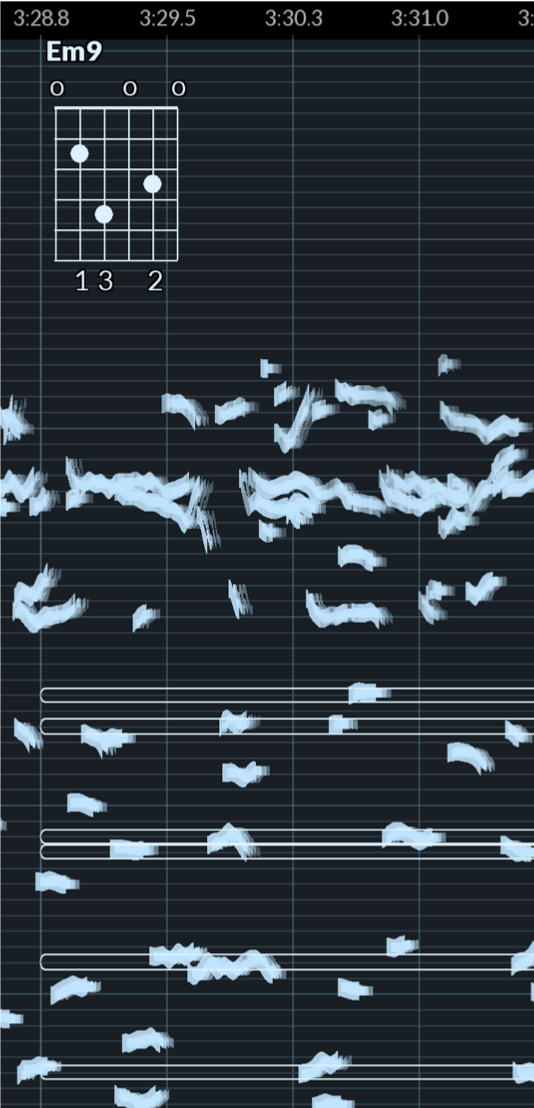
So far, so useful - we can hear the parts we’re trying to learn in isolation, and see which notes make them up. We can even see the chords as guitar tab by hovering over them on the RipX timeline. Another seriously useful feature is the ability to export these notes as a MIDI file. You can also export them as audio stems, if you’d like to listen to them outside of the app.
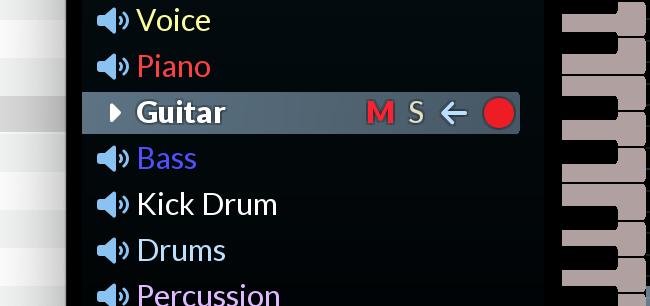
When learning a song, it’s often useful to create a backing track that lacks the specific part you’re learning, so you can play along with it. For example, I could hit Mute on the guitar layer in the Layers panel on the left-hand side, leaving me with a backing track that features every element of the audio except the riff I’m learning. Alternatively, to hear the guitar part I’m focusing on clearly without vocals or effects, I can click the S (Solo) button next to the instrument on the left-hand menu.
Using DeepCreate to record your own guitar parts and experiment with new sounds
Pretty cool, right? If you think that’s something, then wait until you see what DeepCreate can do. DeepCreate takes the creative possibilities of DeepRemix to a new level by adding MIDI, MPE and audio recording to the RipX platform, and enables you to manipulate sounds, stems and samples to create new music.
Let’s showcase what DeepCreate can do by recording our own guitar parts into Day Tripper and then changing these into new sounds.
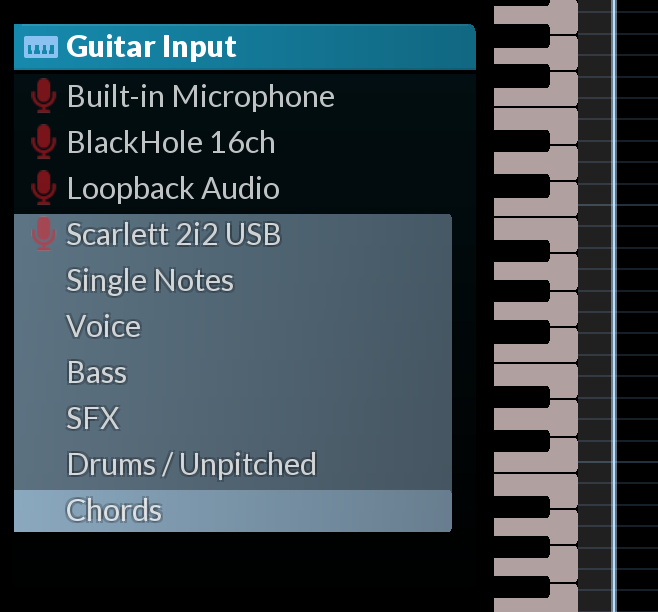
I’ve hooked up my guitar to my audio interface and selected the interface in the input window on the left-hand side of the RipX window.
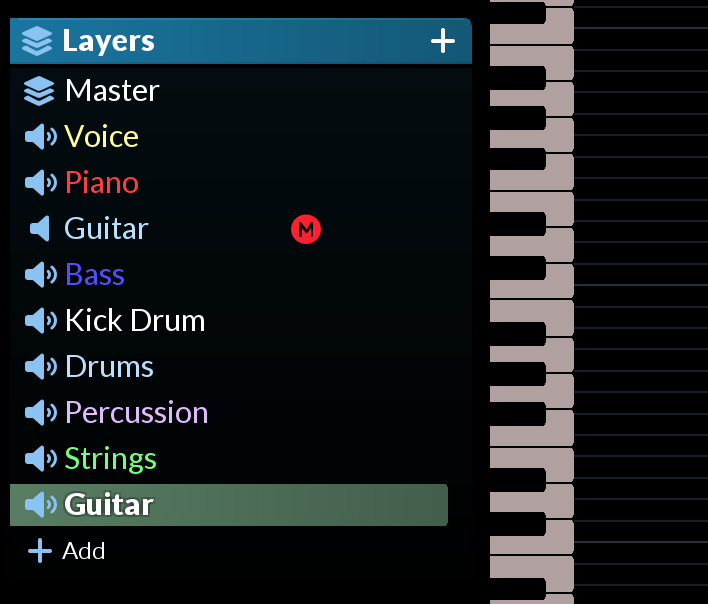
Let’s record our own version of the Day Tripper guitar part. I’ve created a new layer in the Layers window by hitting the plus sign and selecting Guitar. Then, I’ve muted The Beatles’ original guitar riff to give us space to record. Making sure our new layer is selected, along with the correct input, I’m going to hit record at the top of the window and play my own riff.
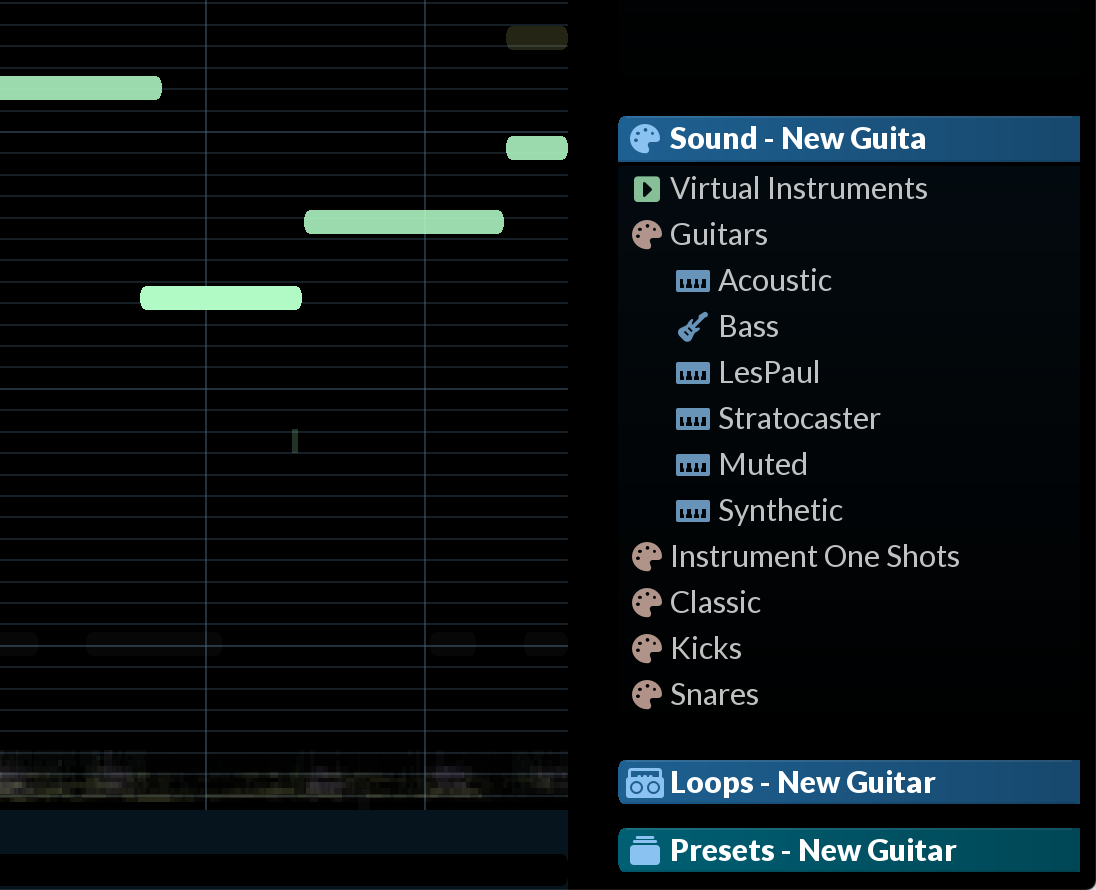
There we have it! Our very own guitar is playing along with The Beatles. Now we can make use of the range of effects that DeepCreate offers in order to creatively manipulate our guitar sound. First up, let’s change the guitar tone to a classic Gibson Les Paul sound by opening up the Sounds panel on the right-hand side, selecting Guitars and hitting LesPaul. We can blend the sound in and out by selecting a number between 1 and 100.
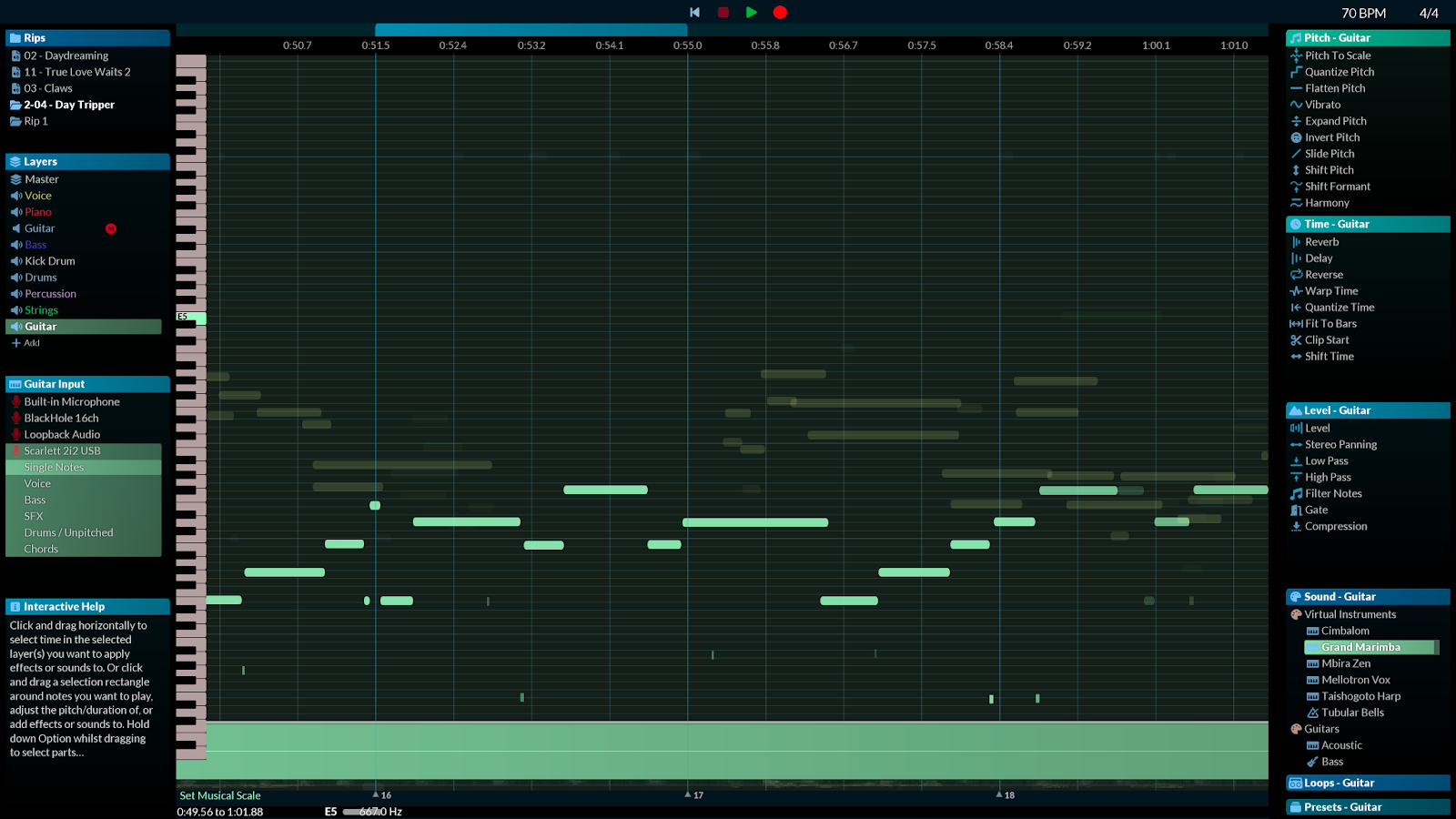
If we’re feeling creative, we can experiment with a range of other sounds that DeepCreate has to offer. Day Tripper sounds pretty badass on the marimba! There’s also a ton of effects we can apply to our guitar parts, including reverb, delay, filter and compression. Of course, if we want to edit the pitch or timing of any note in our recording, RipX makes that quick and easy.
Fancy giving this a go yourself? Try RipX for free for 21 days.
Hit’n’Mix are offering 20% off RipX from March 30th to April 10th.
Find out more about what RipX DeepRemix and DeepCreate can do on RipX’s website.
Want all the hottest music and gear news, reviews, deals, features and more, direct to your inbox? Sign up here.